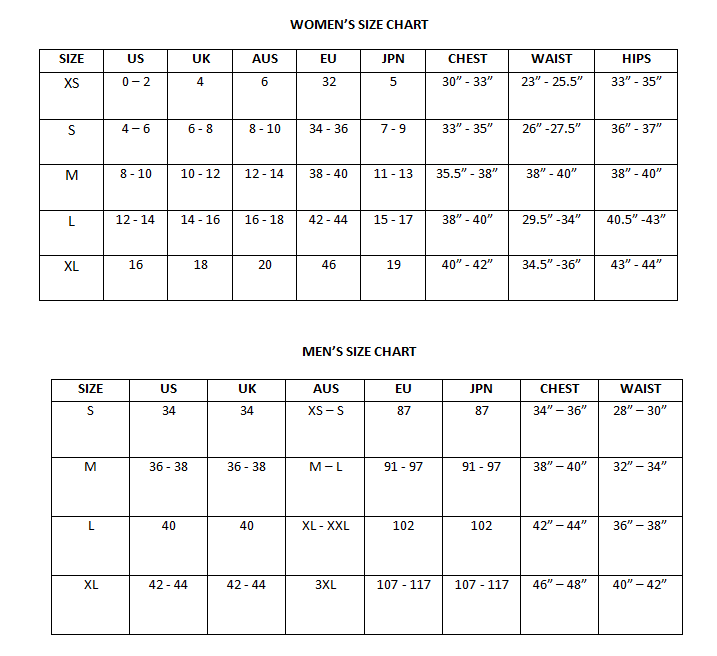FREE SHIPPING
Free shipping on all US order or order above $200

All orders shipped with UPS Express.
Always free shipping for orders over US $250.
All orders are shipped with a UPS tracking number.
Items returned within 14 days of their original shipment date in same as new condition will be eligible for a full refund or store credit.
Refunds will be charged back to the original form of payment used for purchase.
Customer is responsible for shipping charges when making returns and shipping/handling fees of original purchase is non-refundable.
All sale items are final purchases.
Give us a shout if you have any other questions and/or concerns.
Email: [email protected]
Phone: +1 (23) 456 789
| Common name | Cotoneaster |
|---|---|
| Family | Rosaceae |
| Genus | Cotoneaster |
| Species | Cotoneaster horizontalis |
| Germination | Cotoneaster seeds have a deep dormancy within them, this requires a degree of patience to overcome and it is usually quite easy to get high levels of germination if the correct procedures are followed. 1 Prepare the cotoneaster seeds in early spring for summer germination. Rub each seed lightly with a nail file softening the hull. Store the seeds in a plastic bag filled with moist sand inside the refrigerator for three months to cold-stratify them. 2 Sow the cotoneaster seeds in 5-inch plastic pots filled with sterile loam. Sow two seeds in each pot to a depth of one-tenth inch. Sprinkling sand across the soil?s surface helps slow the evaporation rate. 3 Place the potted cotoneaster seeds on a propagation mat near a source of very bright light. Set the temperature on the propagation mat to 77 degrees Fahrenheit for nine hours each day. Adjust the temperature to 55 F for the remainder of the day. 4 Water the cotoneaster seeds as often as necessary maintaining moisture in the top one-half inch of soil at all times. Add the water very slowly when irrigating keeps from disturbing the seed. 5 Watch for germination in 25 days. Remove the weaker of the two cotoneaster seedlings from each pot if both germinate. Wait until the seedlings reach 1 inch in height before thinning. 6 Move the cotoneaster seedlings to a sheltered spot outdoors with limited exposure to strong, direct sunlight. Continue watering, but allow the soil?s surface to dry slightly between waterings. 7 Slowly acclimate the cotoneaster seedlings to strong sunlight in the course of one week until they withstand full sun for five hours without wilting. 8 Transplant the cotoneaster seedlings into a sunny bed at least 75 days before the first autumn frost. Space the seedlings 10 feet apart. Mulching heavily around them protects their developing roots. |
| Price View | Price Range |
Free shipping on all US order or order above $200
Contact us 24 hours a day, 7 days a week
Simply return it within 30 days for an exchange.
We ensure secure payment with PEV